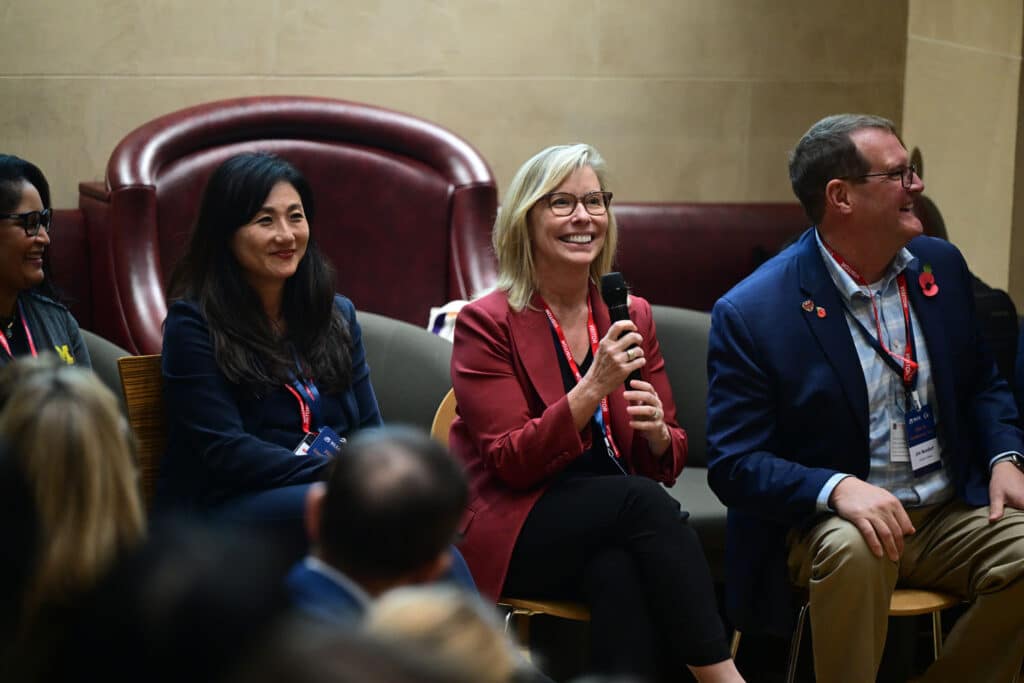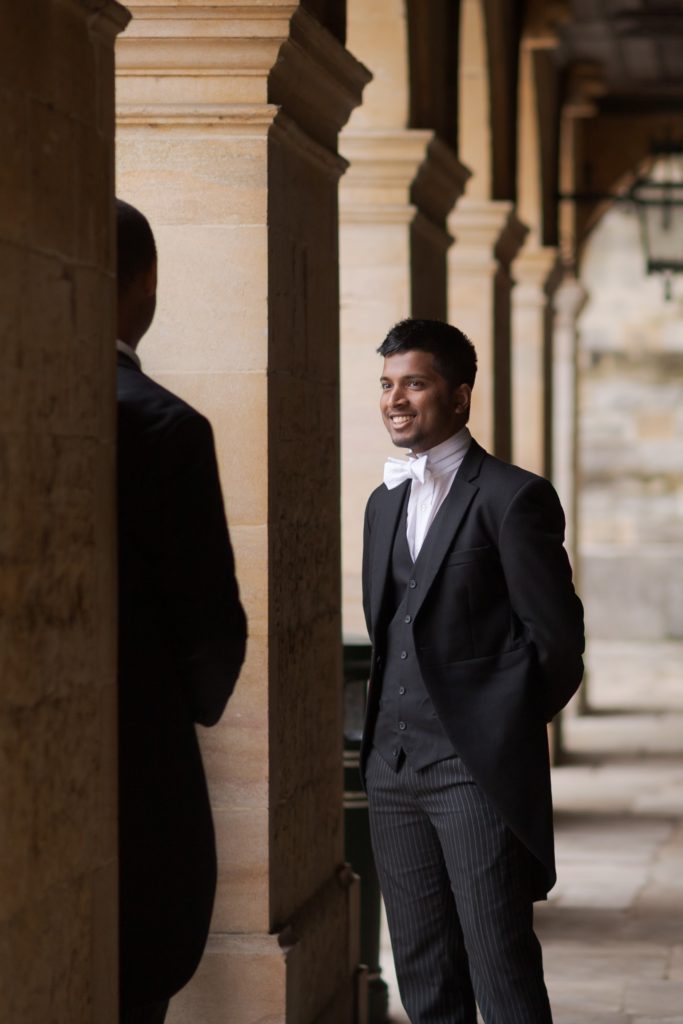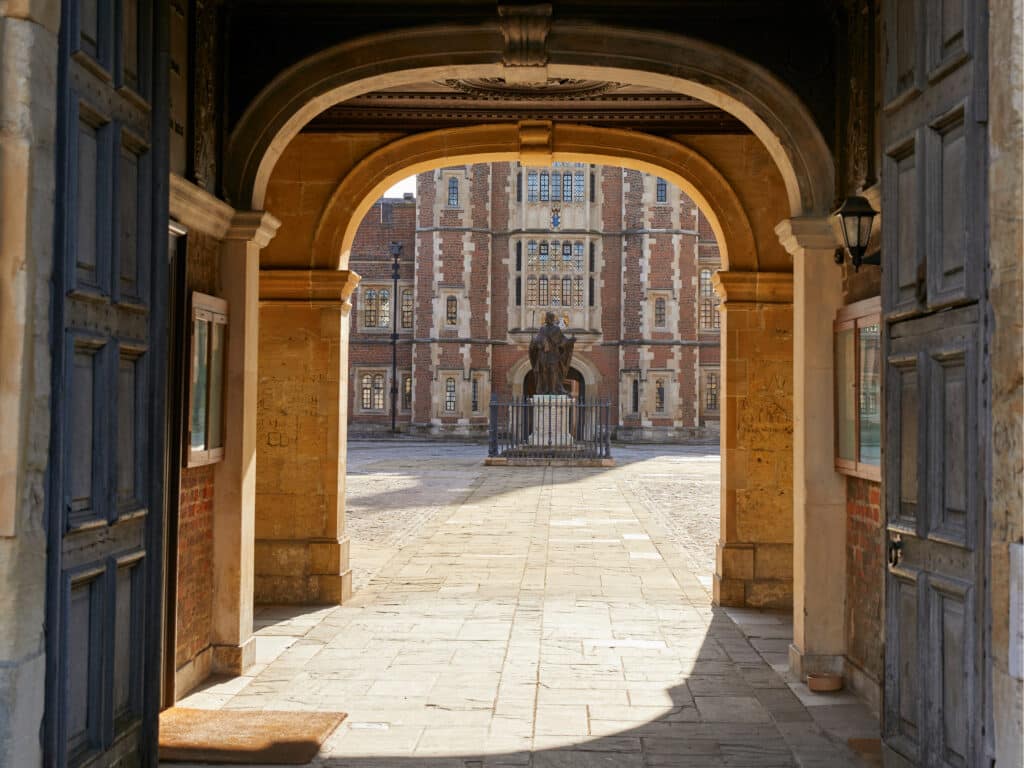Since Seb Cooley and Mark WIlliams started working together in 2008 the popularity of Fives at Eton has steadily grown. It’s becoming one of the most popular second sports at Eton and starting to have large block fixtures in the Fives Courts which are between the parade ground and the swimming pool. Here Seb explains what makes Eton Fives different, how popular the sport is and what’s coming up int he Fives calendar for 2010-11. How many boys play Fives at Eton? In the last two years we’ve been filling the 16 courts regularly with fixtures – indeed we could put out 16 school pairs from F block alone if required!
We often play U15 and U14 fixtures using all of the courts, though not many schools can match those numbers. We are pulling good numbers of these players up through the school as well; though there is a natural decrease in D and C blocks as boys tend to specialise in one or two sports, increasingly they are realising what a good set of (sporting) abilities Fives develops and thus what a valuable second sport it is.
We can field five Senior pairs purely from regular players. Indeed twelve pairs entered the Senior House Pairs tournament. How much has this changed in the last ten years? When I arrived in 2008, we had a smaller squad of players than now. Last year’s B block had just one proper pair.
Speaking to OEs, the real heyday of Fives at Eton was around the 1930s – there were over 50 courts and they would regularly be completely filled during some breaks in the day! How many Eton Fives clubs are there? There are some 30 active clubs, largely Old Boys’ clubs such as the OEs with a number of clubs (such as the Windsor & Eton club who play here) which cater for "lost" players or those taking up the game after school. There are national leagues in which these clubs play and a number of competitions through the season for individuals or pairs. Most courts are at schools and, including prep schools, there are about 40 which actively play the game. What is so special about Eton Fives compared to the Fives other people play? There are three main types of Fives, named after their originating schools: Eton, Rugby and Winchester. A Rugby Fives court looks like a small squash court with a slightly higher playing line. Winchester Fives is very similar, but with an angle part-way along the left wall which is about six inches wide and runs the full height of the court.
Eton Fives, by contrast, has a huge collection of hazards built into the court, with which players must familiarise themselves if they are to stay one step ahead of their opponents. It is these hazards, particularly the buttress, which provide a target for the majority of shots, leading to the need for very precise positioning and footwork and swift reflexes (and the ability to react to an odd or unexpected bounce). Common to all codes of Fives is the idea that it is played, right to the top level, without a referee – very rare in sport. There is, consequently, responsibility placed on the players themselves to sort out disagreements and declare, for example, a shot they have not struck cleanly. Does an international footballer conceding there and then that he’s handled the ball sound probable? What have been some of the highlights of the last 12 months of fives? Just last week we started the New Boy tournament, which this year attracted an entry of 93 pairs, well over two thirds of F block. To see the courts so full is a marvellous experience – similar to Agar’s and Dutchman’s full of 16 cricket matches on a sunny Saturday afternoon.
Further back, we competed well in the Schools’ Championships last March, with two semi-finalist pairs in the U14 beginner category. We’re hosting the Championships this year so hope to go one better!
A few weeks ago our first pair (Goodman & Hutley, RDO-C), beat Harrow on their own courts. What are your plans for the next year? When is the next big “event” The Schools’ Championships at the end of the Lent Half is the major, end of season event which the year always builds towards. Meanwhile there are lots of house competitions this Half and a big fixture list against other schools in the Lent. What are you doing for fives at St Andrew’s Day? On St Andrew’s Day we always play a big fixture against the Old Etonians – they bring around 13 pairs to take on the school. There are a good number of Father vs Son matches set up, which can be very entertaining, and we often see a number of recent leavers coming back to do battle.



